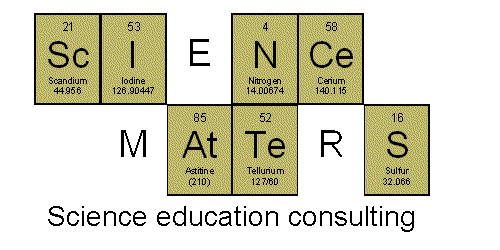You'll need four different types of driend beans for this activity. I used:
- black beans for coal (not pictured abbove)
- kidney beans for oil
- navy beans/black eyed peas for natural gas
- lentils/peas for nuclear energy
You'll need about 100 pieces of coal, 74 units of oil, 20 units of natural gas and 6 units of nuclear energy.
Hide the beans throughout the classroom. I tell students they won't need to open drawers or doors to find the beans, but they may have to look behind objects that are sitting out.
Divide your class into four teams of geologists - each team will search for their own type of energy.
After showing the students what each type of energy looks like, send them into the field for one minute to find their respective energy.
After the minute is over, have them come together as a team and count the energy they collected and record the data on the board.
Then send them out for a second round of searching. Count and record. Then have a third round. Count and record.
Then discuss...
...which energy was easier to collect? Why?
...which energy was difficult to collect? Why?
...what can you deduce about the cost of each form of energy?
...what parallels can you draw between this activity and the harvesting of natural resources in real life?
******
This activity came from the Women in Mining website, however it appears that it is no longer featured on their list of activities. But, while searching for non-existent link, I came across this activity, of the same name. If you're not afraid of a little mess in your classroom, I think this would be fantastic to try. I love the solar energy analogy - there's an abundant amount of it, but it's tricky (and rather expensive) to harvest.


No comments:
Post a Comment
Note: Only a member of this blog may post a comment.